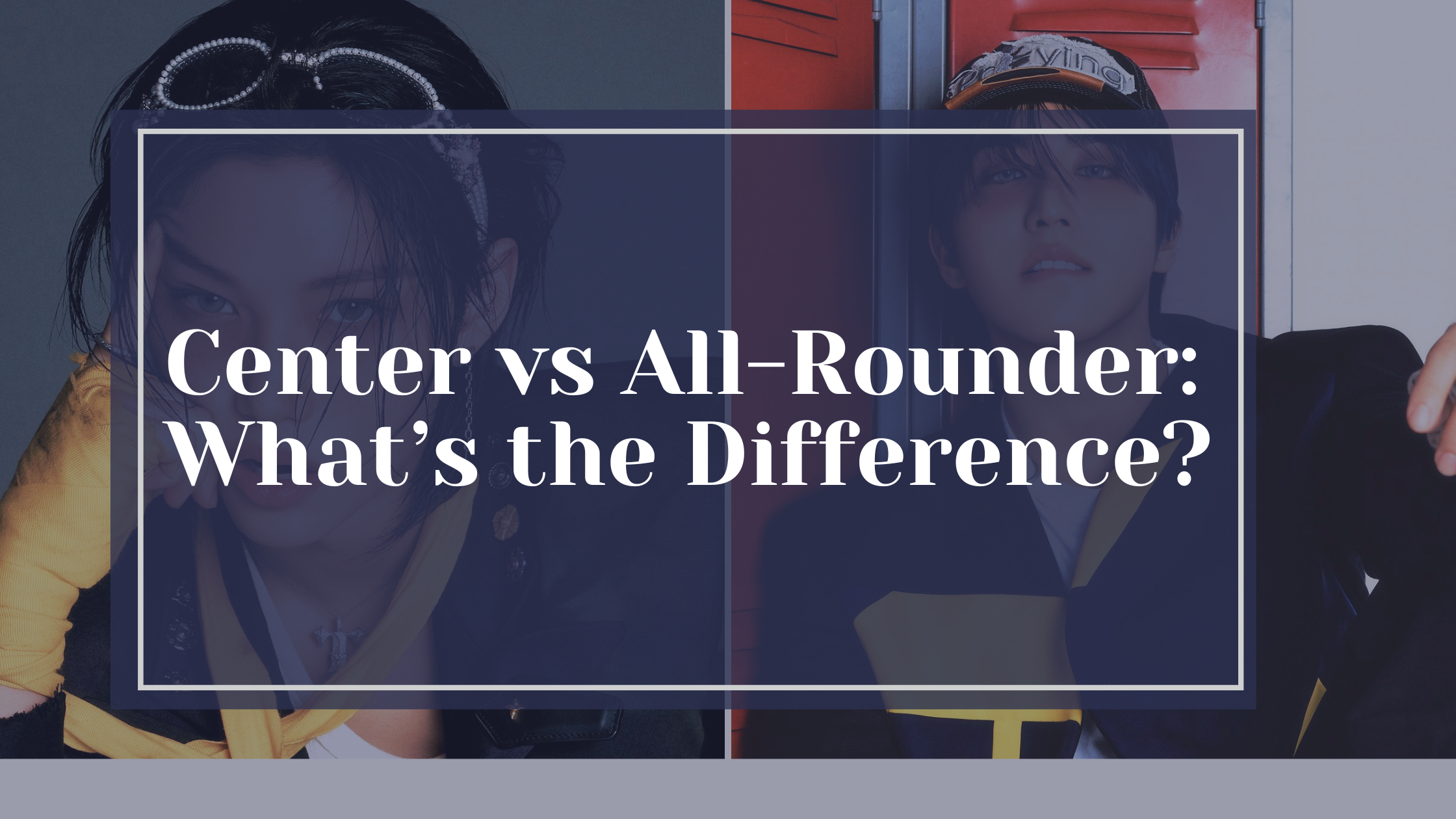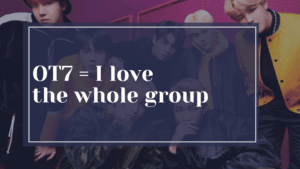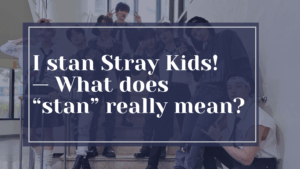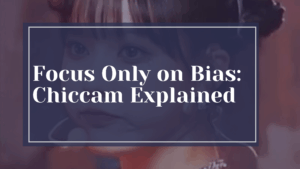If you’re a K-POP fan, you’ve probably heard the terms “center” and “all-rounder.”
You might understand that they both refer to positions or roles within idol groups, but what’s the actual difference?
In this article, we’ll break down what each term means and how they differ.
💌 Want more K-POP deep dives like this?
Subscribe to Hello Bias Letters, our free Substack newsletter!
Each week, we unpack K-POP culture with care—from fan behavior to behind-the-scenes stories.
→ Join us here
What Are “Center” and “All-Rounder” in K-POP?
What is a “Center”? Meaning and Role
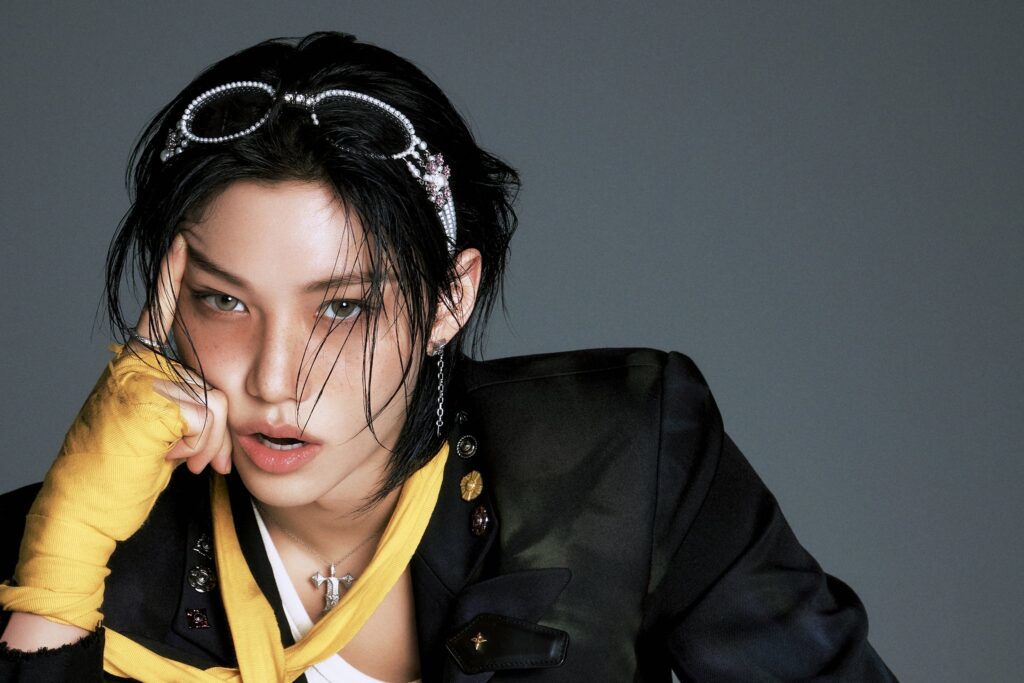
As the name suggests, a “center” is the member who often stands in the middle during performances or photo lines.
This person usually becomes the “face” of the group—often the most visually striking or charismatic member.
For example:
- TWICE → Nayeon
- IVE → Wonyoung
- aespa → Karina
- Stray Kids → Felix, Hyunjin
Sometimes, a group has more than one member who can be considered the center.
Take Stray Kids, for instance—both Hyunjin and Felix are often seen as centers.
Depending on the song or concept, opinions on who the “real” center is can differ—even among fans.
(Fan arguments over who the true center is? Not uncommon at all!)
What is an “All-Rounder”? Definition and Meaning
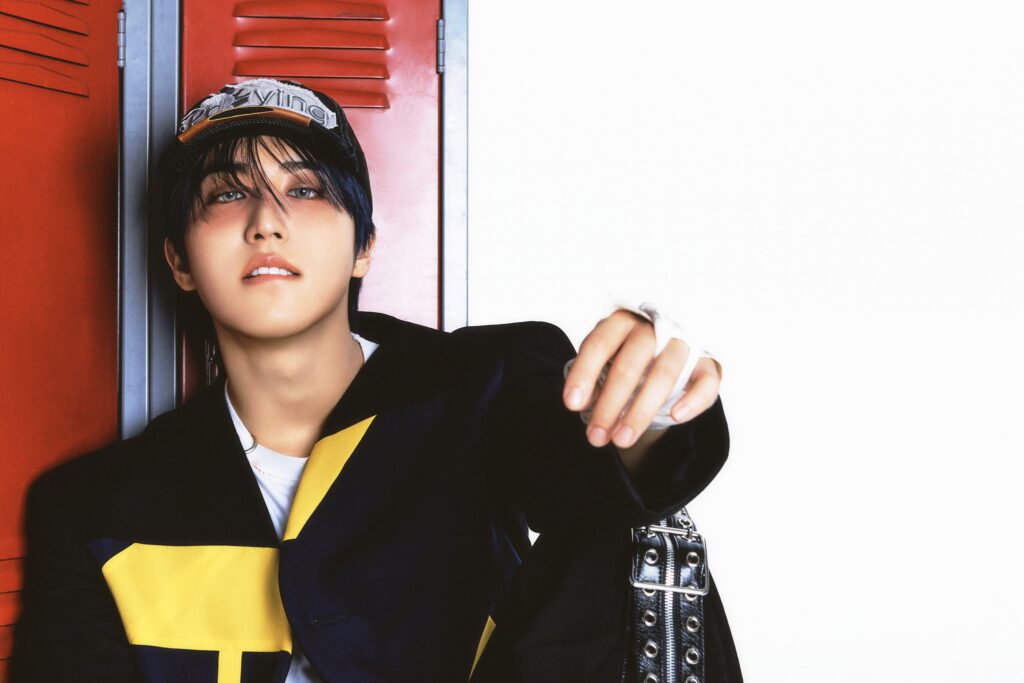
An “all-rounder” refers to a member who excels in multiple areas—vocals, dance, rap, and sometimes even songwriting or producing.
They’re versatile performers who can handle any role above average, but that doesn’t necessarily mean they’ll be in the center.
Sometimes, like Jungkook (BTS), a member can be both an all-rounder and a center, but that’s rare.
How Do “Center” and “All-Rounder” Differ?
Center = Position / All-Rounder = Skill Set
“Center” refers to the central position in performances or visuals.
“All-rounder,” on the other hand, highlights a wide range of abilities.
Neither title is officially assigned—fans usually decide for themselves who fits the role.
Can the Roles Change?
As mentioned, opinions on who the center is can vary.
In Stray Kids, Felix might be center for one song, while Hyunjin takes that spot for another.
In this way, the center role is flexible and often rotates depending on the concept.
“All-rounder,” though, refers to a member’s overall skill, so it doesn’t change from song to song.
In Stray Kids, Han consistently plays the all-rounder role.
Different Ways They Shine in the Group
The center is often the most visible.
Even if someone doesn’t know all of IVE, they probably know Wonyoung.
Centers often get standout parts in songs and wear the flashiest outfits.
All-rounders, however, may not always be in the spotlight.
They often quietly support the group’s performance behind the scenes.
Real Examples of “Center” and “All-Rounder”
Examples of Centers: Wonyoung (IVE), Nayeon (TWICE), etc.

Some famous centers include:
- Wonyoung (IVE)
- Nayeon (TWICE)
- Jennie (BLACKPINK)
- Karina (aespa)
BTS doesn’t have a clear fixed center, but the “maknae line” (Jimin, V, Jungkook) often rotates into the spotlight.
In SEVENTEEN, it’s even harder to say who the center is—there are many members, and their parts constantly shift.
(If I had to pick, maybe Hoshi? But in Japan, Jeonghan is extremely popular and often takes center stage.)
Examples of All-Rounders: Hoshi (SEVENTEEN), Han (Stray Kids), etc.

Notable all-rounders include:
- Hoshi (SEVENTEEN)
- Han (Stray Kids)
- Soyeon (I-DLE)
- Ahyeon (BABYMONSTER)
If you’re curious about more all-rounders, I’ve written a separate article about them—check it out!
Some Idols Are Both!
If you’re well-versed in K-POP, you might be wondering:
“Aren’t Jungkook, Nayeon, and Jennie both centers and all-rounders?”
Exactly. Some rare idols have it all—looks, talent, charisma.
These perfect idols manage to be the face of the group and its driving performance force.
Who’s Your Bias? A Fun Way to Think About It
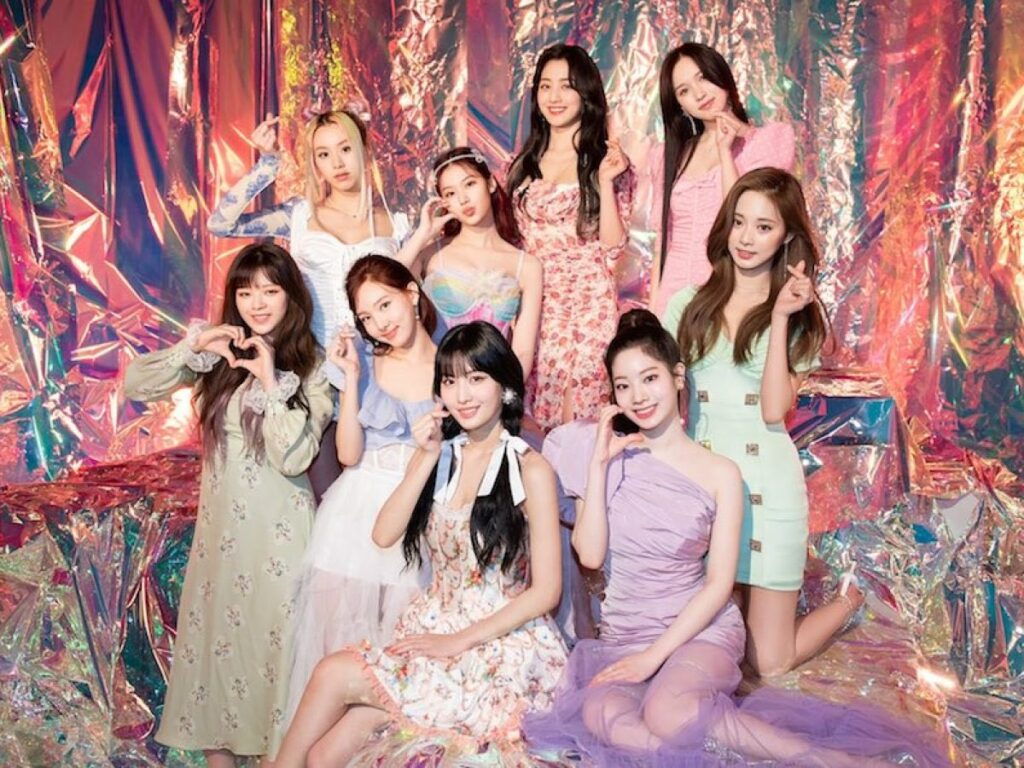
In my experience chatting with many K-POP fans, I’ve noticed something interesting:
People tend to gravitate toward either centers or all-rounders.
- Center-biased fans: Often care about visuals and enjoy social buzz.
- All-rounder-biased fans: Tend to value talent and have a bit more of an “otaku” spirit.
Which type are you?
Conclusion: Centers and All-Rounders—Both Are Essential to K-POP Groups!
Today, we explored the differences between centers and all-rounders.
Centers serve as the public face of the group—often the first point of contact for new fans.
All-rounders uphold the group’s musical and performance quality behind the scenes.
Both roles are equally important and make K-POP groups as dynamic and successful as they are!
💬 If you found this post helpful, consider supporting me with a coffee!
Your support keeps Hello Bias going ☕💛
👉 Buy Me a Coffee
